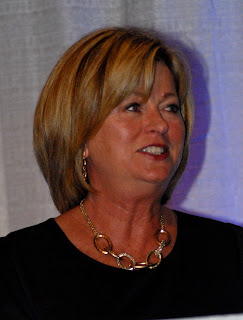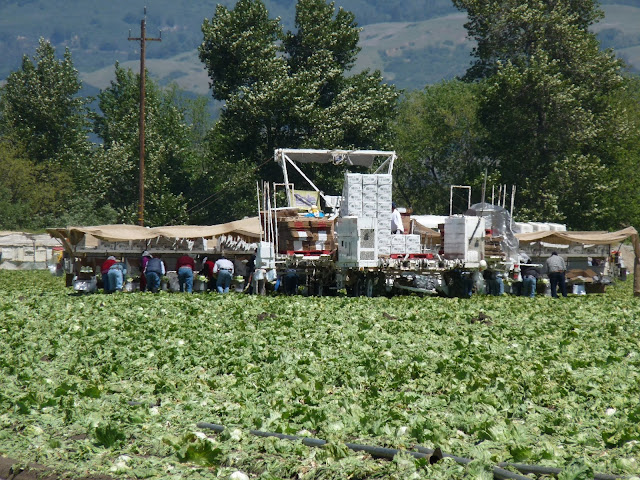QUARANTINE AFFECTS 21,520 ACRES in CITRUS
July 31, 2013
 SACRAMENTO, July 31, 2013 – A portion of Tulare County has been placed under quarantine for the Asian citrus psyllid (ACP) following the detection of psyllids at three locations in the Porterville area, representing 21,520 acres of citrus.
SACRAMENTO, July 31, 2013 – A portion of Tulare County has been placed under quarantine for the Asian citrus psyllid (ACP) following the detection of psyllids at three locations in the Porterville area, representing 21,520 acres of citrus.



















